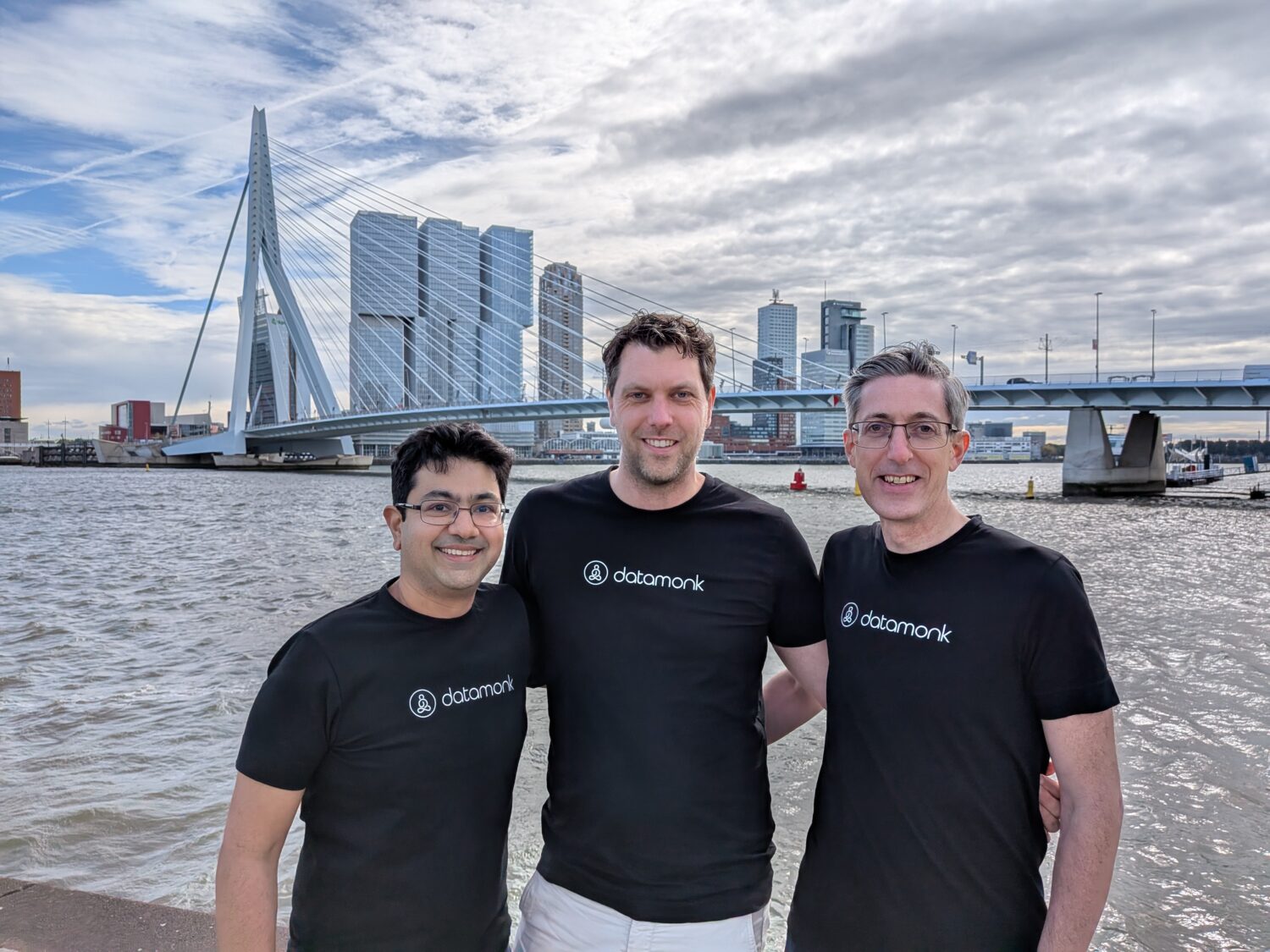
What You Should Know:
– Datamonk, the agentic AI-powered platform automating medical imaging data migrations, today announced it has raised $1.9 million in pre-seed funding to address one of healthcare IT’s biggest challenges: moving and cleaning decades of medical imaging data.
– The round was led by Healthy.Capital and Nina Capital, with participation from notable angel investors including Jeroen Tas, former Chief Innovation & Strategy Officer at Philips, and Harm-Jan Wessels, founder of Applicare (acquired by GE), Forcare (acquired by Philips), and Healthsage AI. The total also includes earlier support from Antler and Rabobank.
Datamonk Secures Funding to Modernize Medical Imaging Data with Agentic AI
Founded in 2024 in the Netherlands, Datamonk is building the data infrastructure for modern healthcare. Its agentic AI platform automates Picture Archiving and Communication Systems (PACS) and Vendor Neutral Archive (VNA) migrations, repairs data quality issues, and prepares hospital imaging data for clinical, research, and AI-driven applications.
The newly raised funding will accelerate platform development, enhance AI capabilities, and expand the company’s team. Across the healthcare sector, hospitals and imaging providers are sitting on decades of X-rays, CT scans, and MRIs stored in legacy PACS systems. Migrating these massive datasets to modern platforms has traditionally been a consultant-heavy, year-long process—slow, costly, and error-prone.
Datamonk’s agentic AI automates and streamlines this process. Its intelligent software agents identify and correct metadata errors, standardize study names, and validate data integrity throughout migration. This allows hospitals to complete transitions five to ten times faster while reducing manual workload and associated costs.
“Clean and connected data is the foundation for modern healthcare—from everyday clinical decisions to the deployment of new AI applications,” said Jaap Gielink, CEO and co-founder of Datamonk. “We don’t just move imaging data; we clean it and make it usable so hospitals can trust it is ready for clinical workflows, research, and innovation.”

